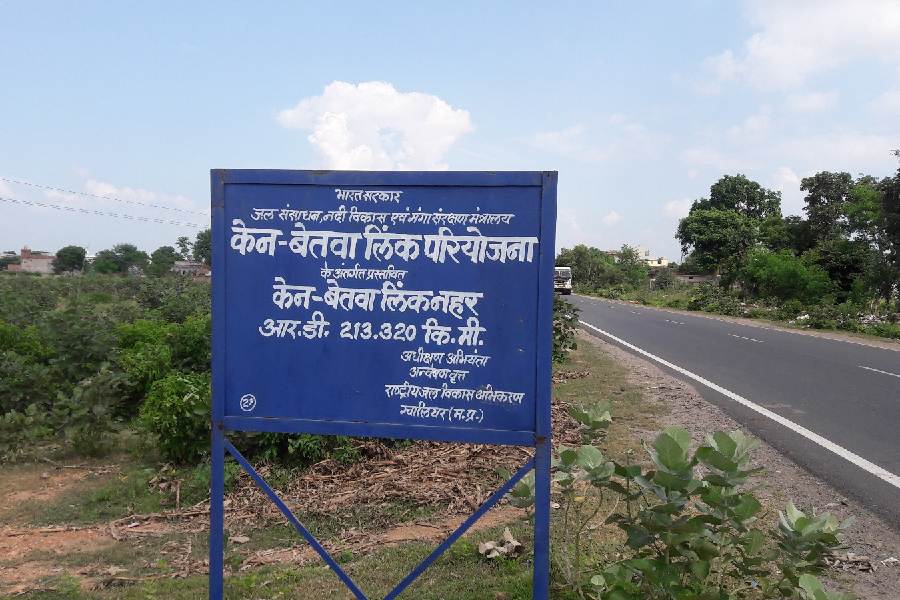Book: Fire on the Ganges: Life Among the Dead in Banaras
Author: Radhika Iyengar
Published by: Fourth Estate
Price: Rs 599
Radhika Iyengar’s debut book is a hard-hitting, incisive, poignant, and empathetic exploration of the structural lacuna in a stratified society that pushes a community to the margins where even the vestiges of humanity are not accorded to them. This community comprises the Doms, the corpse burners of Banaras, who make ends meet on the currency of morbidity. Assigned the task of performing the Hindu ritual of cremation, the Doms — labelled ‘untouchables’ — are situated at the lowest rung of the caste hierarchy. To aspire is a right denied to the members of this Dalit sub-caste. Whatever semblance of life there is for the Doms, it stems from the burning pyres on the ghats of the holy city. Their social currency rests with the dead. Quite literally.
When Bhola recounts his story of making to a university in Ludhiana, away from the squalor and the ignominy of cramped spaces in the narrow lanes of Banaras where the Doms sustain themselves on a daily diet of morsels of hard-earned food and free insults, what comes across is his desperate need to fit into a society where he would be treated in a humane manner — “Bhola carries with him a palpable desire to blend in — to be one with others, to be invisible, to not stand out.” What is interesting is the phrase, “to be invisible”: someone who is already identified as an outcaste and whose life is synonymous with historical oblivion, institutional marginality, and social apathy yearns to be ‘invisible’ in a way that would guarantee him some degree of worth and recognition. Bhola’s urge to fight caste prejudice makes him embrace the profound solace offered by invisibility, something which he is familiar with since birth. He cannot risk being discovered as someone belonging to a social station that declares him to be a slave, an inauspicious presence, an invalid.
Iyengar’s storytelling assumes a character which is neither judgmental nor executed from a vantage point of patronage and paternalism. She is aware of her own privileged social location, which is why she operates from a position of reflexivity and acute sensitivity that render the narratives and the personal histories of the Doms a quality of authenticity. The seamless way in which she weaves her research and in-depth interviews conducted between 2015 and 2023 with the realities and subjectivities of the characters is praiseworthy.
In foregrounding the ‘double’ or ‘triple’ jeopardy that women of the Dom community are subjected to by virtue of their gender, caste, and profession, Iyengar consciously chooses to highlight their resilience and stoicism over their victimhood. Whether it is Dolly Chaudhary’s unwavering spirit to break away from patriarchal dogmas and her refusal to surrender to the prescribed way of life of the widow of a cremator, or Kamala Devi’s matriarchal stance to keep the home fires burning and feed her nine children while putting up with an abusive husband, the women are seen to be simmering with embers of rage, betrayal, injustice, resentment while maintaining an exterior of steadfastness and eerie calm. The fire burning the dead leaves nothing but ash. However, years of oppression reside like an inferno within the hearts of the Doms that is difficult to be snuffed out.
Shroud-picking, a skill mastered by the children of the Doms, exposes how the feeling of helplessness can drive the vulnerable to the nadir. Selling the shrouds — used to wrap the dead — for cheaper prices and returning home with stolen, unburnt logs of wood from the pyres just so the next meal could be prepared point to the obscene disparity between the haves and the have-nots. “… what use a piece of cloth would be for a dead person, when it could help those who were still alive,” remarks a character in the book. The question that Iyengar asks us to ponder in an age marked by urbanisation, modernity, capitalism, and technological success is this: are we human enough?











